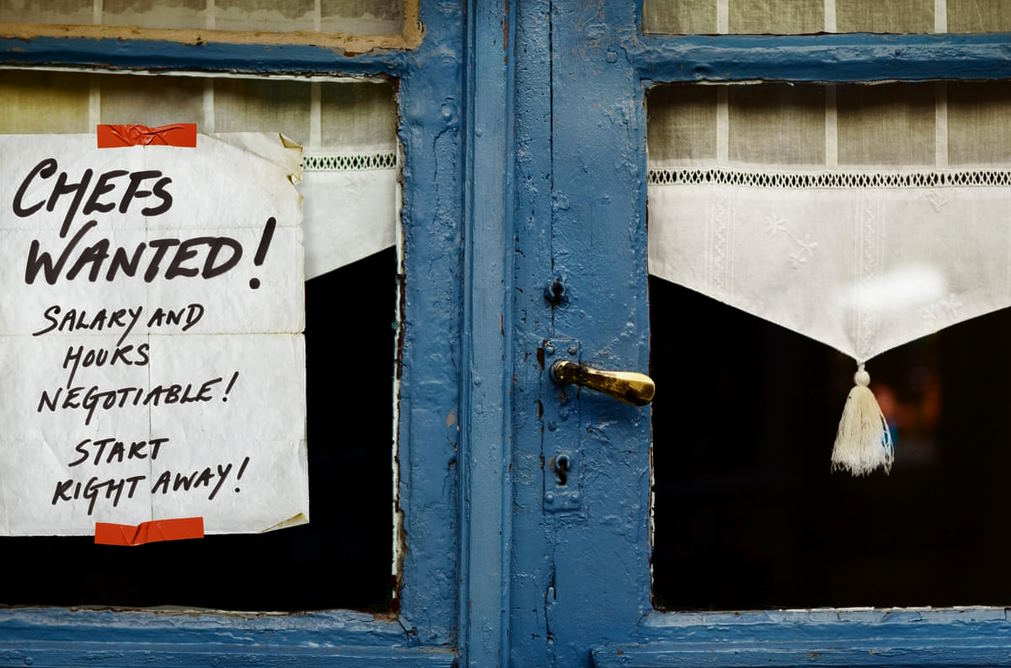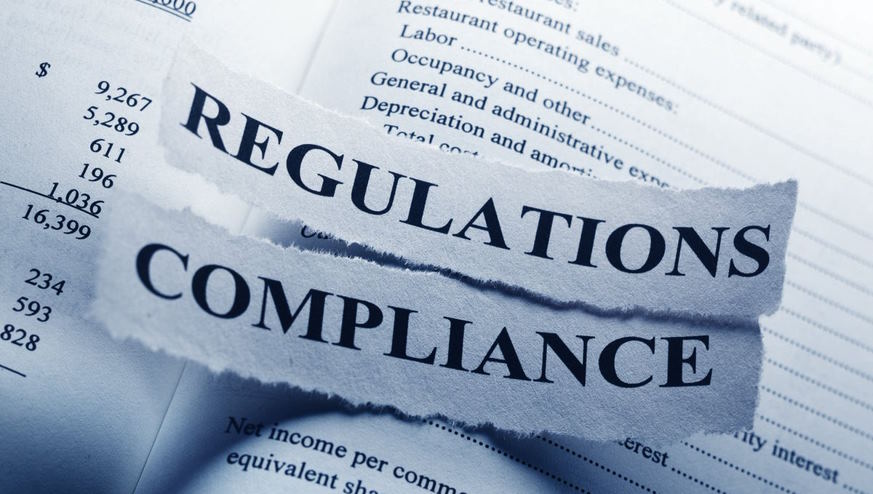The restaurant industry is highly competitive, with diners relying heavily on reputation and trust when choosing where to dine. However, crises can strike unexpectedly, ranging from foodborne illnesses and customer complaints to public relations disasters and social media backlash. These crises can quickly damage a restaurant’s reputation, resulting in lost customers, revenue, and even closure. Therefore, effective crisis and reputation management are essential for restaurants to mitigate potential damages and maintain their brand image. We will explore best practices for managing crisis and reputation in the restaurant industry, including understanding crisis management, protecting reputation, responding to crisis, rebuilding reputation, and implementing proactive measures for long-term success.
Protecting Reputation: The Cornerstone of Restaurant Success
A restaurant’s reputation is the cornerstone of its success. In today’s highly competitive dining landscape, where customers have a plethora of options and social media can quickly amplify positive or negative experiences, a restaurant’s reputation can make or break its business. A good reputation can attract diners, drive repeat business, and generate positive word-of-mouth marketing. On the other hand, a tarnished reputation can result in lost customers, negative reviews, and irreversible damage to the brand. Therefore, protecting and enhancing reputation should be a top priority for restaurants.
Various factors can damage a restaurant’s reputation. One of the primary factors is food safety and hygiene concerns. Foodborne illnesses, cross-contamination, and unsanitary conditions can quickly spread through social media and online reviews, leading to negative publicity and loss of trust among customers. Additionally, poor customer service, rude staff behavior, long wait times, and inaccurate orders can also negatively impact a restaurant’s reputation. Negative reviews, complaints, and public relations crises, such as a high-profile food safety incident or a viral customer complaint, can further damage a restaurant’s reputation.

To protect and enhance reputation, restaurants should implement proactive strategies. Firstly, maintaining rigorous food safety and hygiene protocols is crucial. Regular staff training on food handling, storage, and cleanliness, as well as conducting frequent inspections and audits, can help prevent food safety issues. Secondly, delivering exceptional customer service by training staff to be attentive, responsive, and empathetic can build positive relationships with customers and foster loyalty. Responding promptly and professionally to customer complaints, feedback, and reviews, whether online or offline, is also vital to demonstrate care and dedication to customer satisfaction.
Leveraging positive reviews, testimonials, and user-generated content can also enhance reputation. Encouraging satisfied customers to leave reviews and testimonials on popular review sites or social media platforms can generate positive buzz and increase credibility. Engaging with customers on social media, addressing their inquiries, and acknowledging their feedback can build a positive online presence and strengthen reputation.
Case studies of reputation management in the restaurant industry can provide valuable insights. For instance, the popular fast-food chain, Chick-fil-A, faced a reputational crisis when its CEO made controversial statements on social issues. The company quickly responded with an official statement, clarifying its stance and reaffirming its commitment to inclusivity and hospitality, which helped to minimize the damage and maintain its reputation. Another example is the “Black Lives Matter” movement, which spurred many restaurants to show support by donating to relevant organizations, promoting diversity and inclusion, and engaging in community initiatives, thereby safeguarding their reputation and building goodwill.
Responding to Crisis: Best Practices for Restaurants
In the restaurant industry, crises can arise unexpectedly and have the potential to significantly impact a restaurant’s reputation and bottom line. From food contamination incidents to customer accidents, a crisis can escalate quickly and require swift and effective action to mitigate damages. In such situations, how a restaurant responds to the crisis can make all the difference. Here are some best practices for restaurants to effectively respond to a crisis and protect their brand image.
Immediate Steps to Take When a Crisis Occurs
The first step in crisis response is to acknowledge the situation and take immediate action to address the issue. This may involve temporarily closing the restaurant, isolating affected food items, or ensuring the safety and well-being of affected customers or staff. Promptly notifying relevant stakeholders, including management, staff, suppliers, customers, and regulatory authorities, is crucial to ensure coordinated and informed responses.
Communicating with Stakeholders During a Crisis
Clear and timely communication is essential during a crisis. Restaurants should provide accurate and transparent information about the situation, including the nature of the crisis, the steps being taken to address it, and any impact on customers or operations. Communication should be consistent across all channels, including social media, website, phone, and in-person interactions. Regular updates should be provided as new information becomes available, and any changes or updates to the situation should be communicated promptly.

Coordinating Internal and External Responses
During a crisis, effective coordination and collaboration among internal and external stakeholders are critical. Internally, restaurants should designate a crisis management team with clear roles and responsibilities to handle the situation. This team should work closely with relevant departments, such as operations, public relations, legal, and human resources, to ensure a unified and coordinated response. Externally, restaurants should collaborate with regulatory authorities, suppliers, insurance providers, and other relevant parties to address the crisis effectively.
Case Studies of Effective Crisis Response in the Restaurant Industry
Several restaurants have successfully managed crises and protected their reputation through effective crisis response. For example, when Chipotle faced a series of food contamination incidents in 2015, the company took immediate action by closing affected restaurants, implementing new food safety protocols, and communicating transparently with customers and stakeholders. Chipotle also launched a comprehensive marketing campaign to rebuild trust and regain customer confidence, which ultimately helped the company recover from the crisis.
Another example is how Domino’s Pizza responded to a viral video in 2009 that showed employees mishandling food. The company quickly acknowledged the incident, apologized to customers, and took swift action to address the issue, including terminating employees involved and implementing new food safety measures. Domino’s also engaged with customers on social media, responding to their concerns and providing regular updates on the situation, which helped to restore the company’s reputation.




